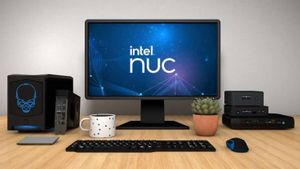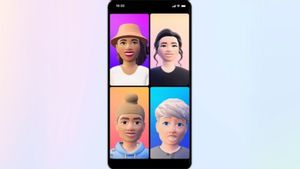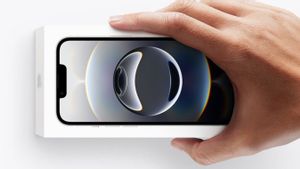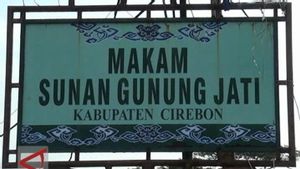JAKARTA - Windows consumes a large amount of storage space in drive C. Once added with a fairly annoying update of bloatware and some large software, your drive C can quickly run out of space.
You may have seen a folder called "Windows.old" on the system drive. If you check its size, this folder can easily spend 8 GB or more storage space while hiding in the place you can see.
However, deleting this folder is not easy, and you have to give permission to share a folder first. However, you can delete the folder using some of the methods we will discuss in this article. Let's start.
What Is Windows.old Folder, And Does It Need To Be Deleted?
Whenever you upgrade to a new version of Windows (via Windows update) or upgrade Windows inplace, the operating system will create a Windows.old folder. This folder contains all the old system files and your personal files, and you can use them to return to the old Windows version if you want to do so. However, this folder spends a lot of space on drive C, which can be uncomfortable for users who have just upgraded their PC.
اقرأ أيضا:
Windows will automatically delete the Windows.old folder after 30 days of creation. But if you need that storage space now, you can try one of the following methods to remove the folder from your PC.
1. Using Storage Settings
Microsoft introduced the Storage Sense feature with Windows 10, and this feature is also in Windows 11. This feature can help you delete temporary files from your PC and manage OneDrive files. But if you want to manually clean, you need to visit Storage Settings and remove Windows.old folders from there.
Do the following steps:
- Right-click the Start button to open the Fast Link menu. Click the Settings option.
- In the System settings section, scroll down and click the Storage option.
- Wait until the Storage feature analyzes the disk space and files. Then click the Temporary File option.
- Here, you will see a list of all items that spent space on the drive C and are no longer needed. Check the Windows Installation box Previously to select it.
- Then click the Delete File button at the top.
- It will take time to remove the Windows.old folder and other temporary files on drive C.
2. Using Disk Cleaning
Although Storage Sense and updated settings are new concepts, reliable Disk Clearing is still working. You can use it to search for and delete temporary files in Windows 11 and older operating systems. Although it doesn't have a modern user interface, Disk Clearing can help you find and remove Windows.old folders and other folders that take up a lot of space like Temporary Windows Update files.
Do the following steps to remove the Windows.old folder using the Disk Cleaning tool:
- Press Win + R to open the Run dialog box. Type cleanmgr and press Enter button to open the tool.
- Find the system file Clear button and click on it. Wait for the utility to scan and find all temporary files.
- Scroll the File list to delete and find the Windows Installation Checkbox Previously. Click on him to select it. You can also select other temporary files.
- Click the OK button.
- Confirm your action and click the Delete File button to delete Windows.old folders.
3. Using CMD
Do the following steps to remove the Windows.old folder using the Command Prompt tool:
- Press Win + R to open the Run dialog box. Type cmd and press Ctrl + Shift + Enter to open Command Prompt with administrator rights.
- Type the following command and press Enter: Takeown / F "C:\Windows.old" /A /R /D Y
- It will take time to take ownership of all folders and files. After that, type in and execute the following command:icacls "C:\Windows.old" /grand *S-1-5-32-54:F /T /C /Q
- Finally, execute the following command to delete folders: RD/S/Q "C:\Windows.old"
All methods above can help you delete Windows.old folders and free up storage space in drive C. Make sure you follow the steps carefully and carefully when deleting files or folders from your system.
The English, Chinese, Japanese, Arabic, and French versions are automatically generated by the AI. So there may still be inaccuracies in translating, please always see Indonesian as our main language. (system supported by DigitalSiber.id)


















